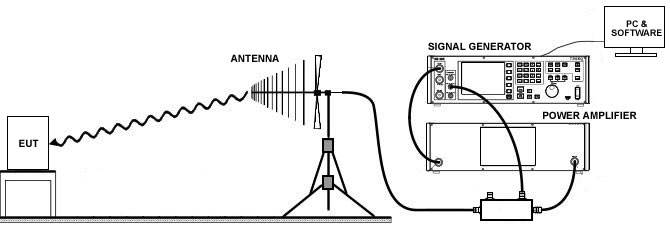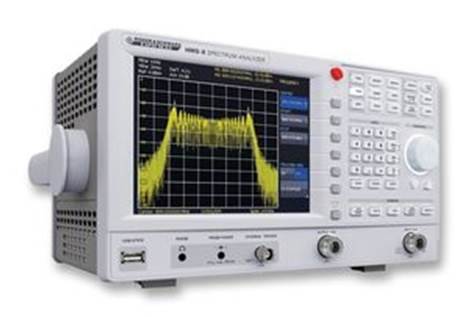- Contact 0870 350 7767
- |
- Advertise
Home > EMC Testing UK > EMC (EMI) Electromagnetic Interference Testing
EMC (EMI) Electromagnetic Interference Testing
 News and PR from EMC Testing UK - Published 21 December 2016
EMI (electromagnetic interference) is the disruption of operation of an electronic device when it is in the vicinity of an electromagnetic field in the radio frequency spectrum.
News and PR from EMC Testing UK - Published 21 December 2016
EMI (electromagnetic interference) is the disruption of operation of an electronic device when it is in the vicinity of an electromagnetic field in the radio frequency spectrum.
These emissions can interfere with the performance of wireless receivers nearby. Moderate or high-powered wireless transmitters can produce EM fields strong enough to upset the operation of electronic equipment nearby. If you live near a broadcast station, you have probably experienced EMI from radio or television transmitters. Cordless telephones, home entertainment systems, computers, and certain medical devices can fail to work properly in the presence of strong RF fields.
Problems with EMI / EMC testing can be minimised by ensuring that all electronic equipment is operated with a good electrical ground system. In addition, cords and cables connecting the peripherals in an electronic system should, if possible, be shielded to keep unwanted RF energy from entering or leaving. Specialised components such as line filters, capacitors and inductors can be installed in power cords and interconnecting cables to reduce the EMI susceptibility of some systems. New products and any modifications to existing equipment, should be subjected to EMI testing to ensure compliance.
How are EMI tests performed?
EMI tests are performed using passive networks called LISNs, Line Impedance Stabilization Network, connected in series with the power lines to the equipment. The LISN establishes a consistent impedance to allow for repeatability of test results. Conducted emissions are measured via an RF connection to a port on the LISN. Radiated emissions are measured using an antenna or current detecting probe.
Problems with EMI / EMC testing can be minimised by ensuring that all electronic equipment is operated with a good electrical ground system. In addition, cords and cables connecting the peripherals in an electronic system should, if possible, be shielded to keep unwanted RF energy from entering or leaving. Specialised components such as line filters, capacitors and inductors can be installed in power cords and interconnecting cables to reduce the EMI susceptibility of some systems. New products and any modifications to existing equipment, should be subjected to EMI testing to ensure compliance.
How are EMI tests performed?
EMI tests are performed using passive networks called LISNs, Line Impedance Stabilization Network, connected in series with the power lines to the equipment. The LISN establishes a consistent impedance to allow for repeatability of test results. Conducted emissions are measured via an RF connection to a port on the LISN. Radiated emissions are measured using an antenna or current detecting probe.
Other announcements from EMC Testing UK
-
EN 61000-4-3 Radio Frequency, (RF) Electromagnetic Field Immunity
EN 61000-4-3 Electromagnetic Field Immunity is the standard is part of a set of basic EMC standards that outline test procedures that must be successfully accomplished before products can be sold.
21 Dec 2016
-





